Emberá culture, Chocó, northwestern Colombia
First half of the 20th century
Wood
H. 70.5 ; L 2 cm
This wooden stick with a red patina, carved on the upper part with a stylized anthropomorphic figure, standing upright, was an object carrying a particular power.
According to the anthropologist Erland Nordenskiöld, these sticks are charged with beneficial spirits and "help the medicine man to drive out demons".
The so-called "medicine man" refers to the jaïbaná: the shaman of the Emberá Indians.
This individual - who could be a man or a woman - had a primordial role in society: he was both the piache, the healer, but also the intermediary, the physical link between man and spirituality, between the visible and invisible worlds.
He alone had access to the jai, the spirits.
Traditionally, the budding shaman, trained by an elder, would carve his first stick himself. When he had reached the status of jaïbaná, he was offered a second stick. A shaman could thus accumulate a large number of sticks throughout his life.
Three introductory facts are reported by the historian Mircea Eliade for a man to become a shaman.
First of all, it was necessary to have a vocation, a call, an intimate inclination. Then the initiate had to inherit from a parent who was already a shaman before him. Finally, he had to be chosen by the clan. Once these three points had been met, the future jaibaná had to explore an initiatory journey where secret languages, mythology, ecstasy, dreaming and onirism were taught to him.
Text and photos © FCP CORIDON
Ref LP : FCP


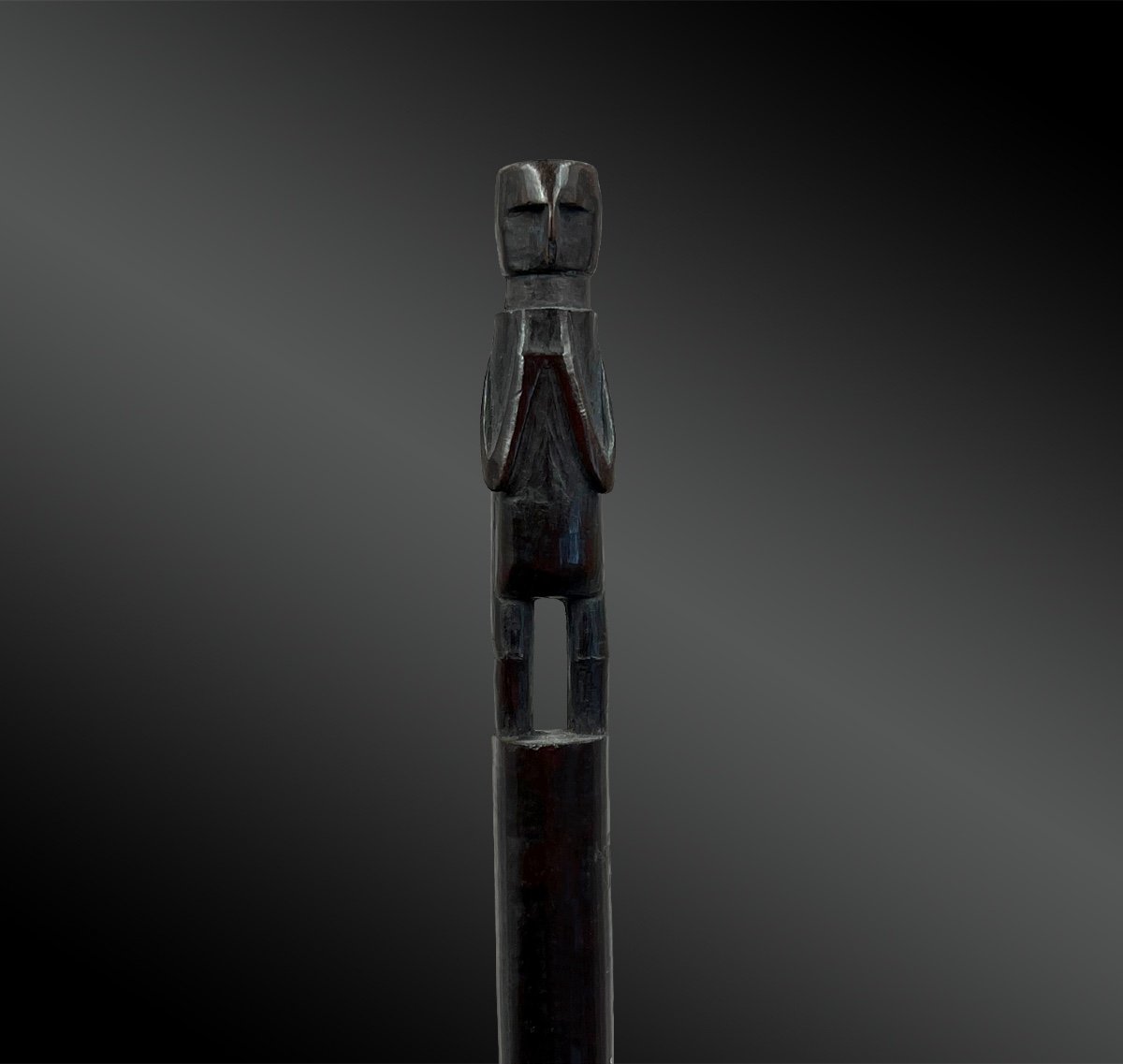








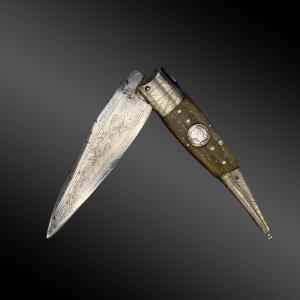
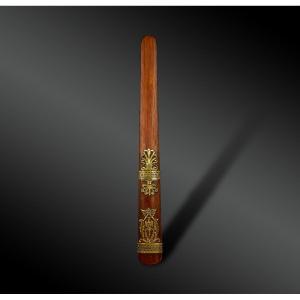



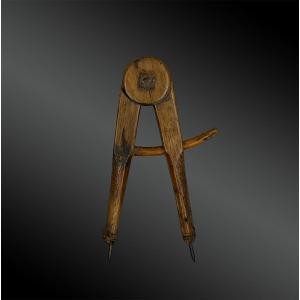
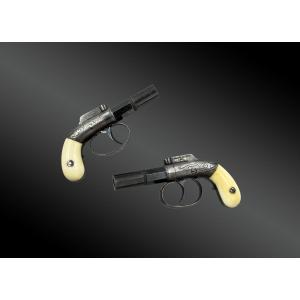


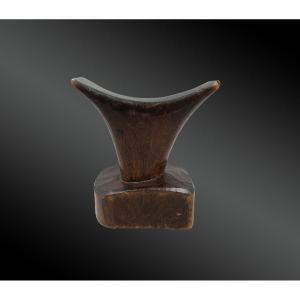

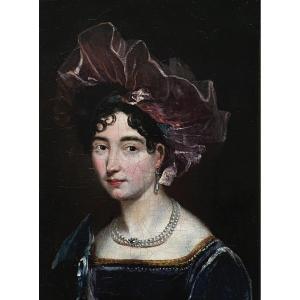

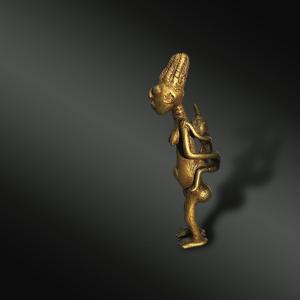
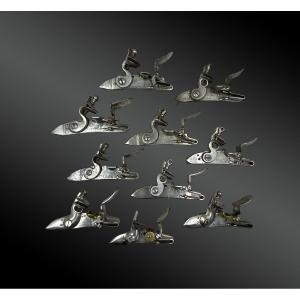



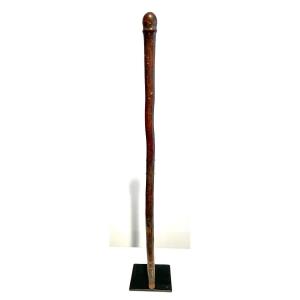
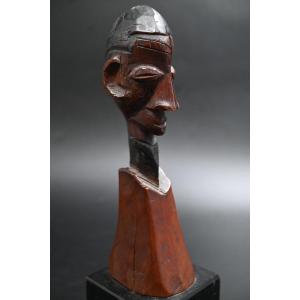



 Le Magazine de PROANTIC
Le Magazine de PROANTIC TRÉSORS Magazine
TRÉSORS Magazine Rivista Artiquariato
Rivista Artiquariato